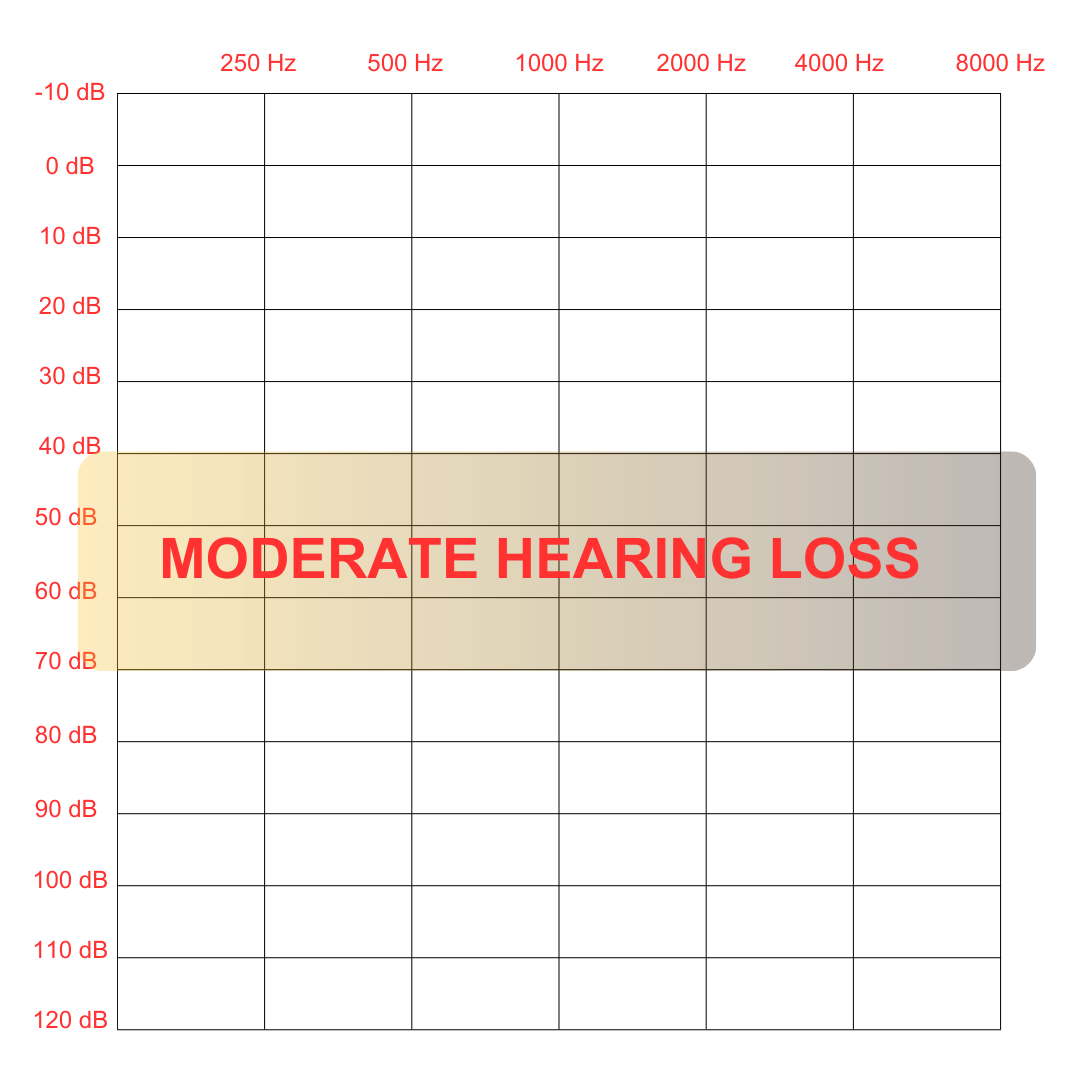
What is hearing loss?
Types of hearing loss

Conductive Hearing Loss
Conductive hearing loss is a problem with the outer or middle ear that blocks or reduces sound waves from reaching the inner ear. It can be caused by fluid in the middle ear, infection, poor Eustachian tube function. This type of hearing loss is classified as a temporary loss and It can be treated by medication, or in most cases by removing the conductive (blocking) elements.

Sensorineural Hearing Loss

Mixed Hearing Loss
In this type of hearing loss, people usually have a combination of conductive and sensorineural hearing loss and it’ll be the result of having conductive elements as well as disorders in the inner ear.
The common factors leading to conductive hearing loss

Fluid in the ear canal / external ear infection

Earwax buildup in the ear canal

Fluid in the middle ear / internal ear infection
The common factors leading to sensorineural hearing loss

Noise induced environments

Head diseases

Head accidents / injuries

Aging

Genetics
Levels of hearing

Normal Hearing
The ability to hear all different sounds from all different angles and in any listening environments without offering an effort to pickup words and understand them. The sensitivity to pickup soft sounds differ from one person to another.

Mild Hearing Loss
People who suffer from mild hearing loss will normally have some difficulties keeping up with conversations, especially in noisy surroundings.

Moderate Hearing Loss
People who suffer from moderate hearing loss have problems hearing in many situations and will have difficulties keeping up with conversations. People with a moderate hearing loss will benefit from using hearing aids.

Severe Hearing Loss
People who suffer from a severe hearing loss are very hard of hearing and will normally have to use powerful hearing aids. Often they also rely on lip-reading even when they are using hearing aids.

Profound Hearing Loss
People who suffer from profound hearing loss have a very weak sense of hearing and need very strong hearing aids or implants, many also rely on lip-reading and/or sign language



